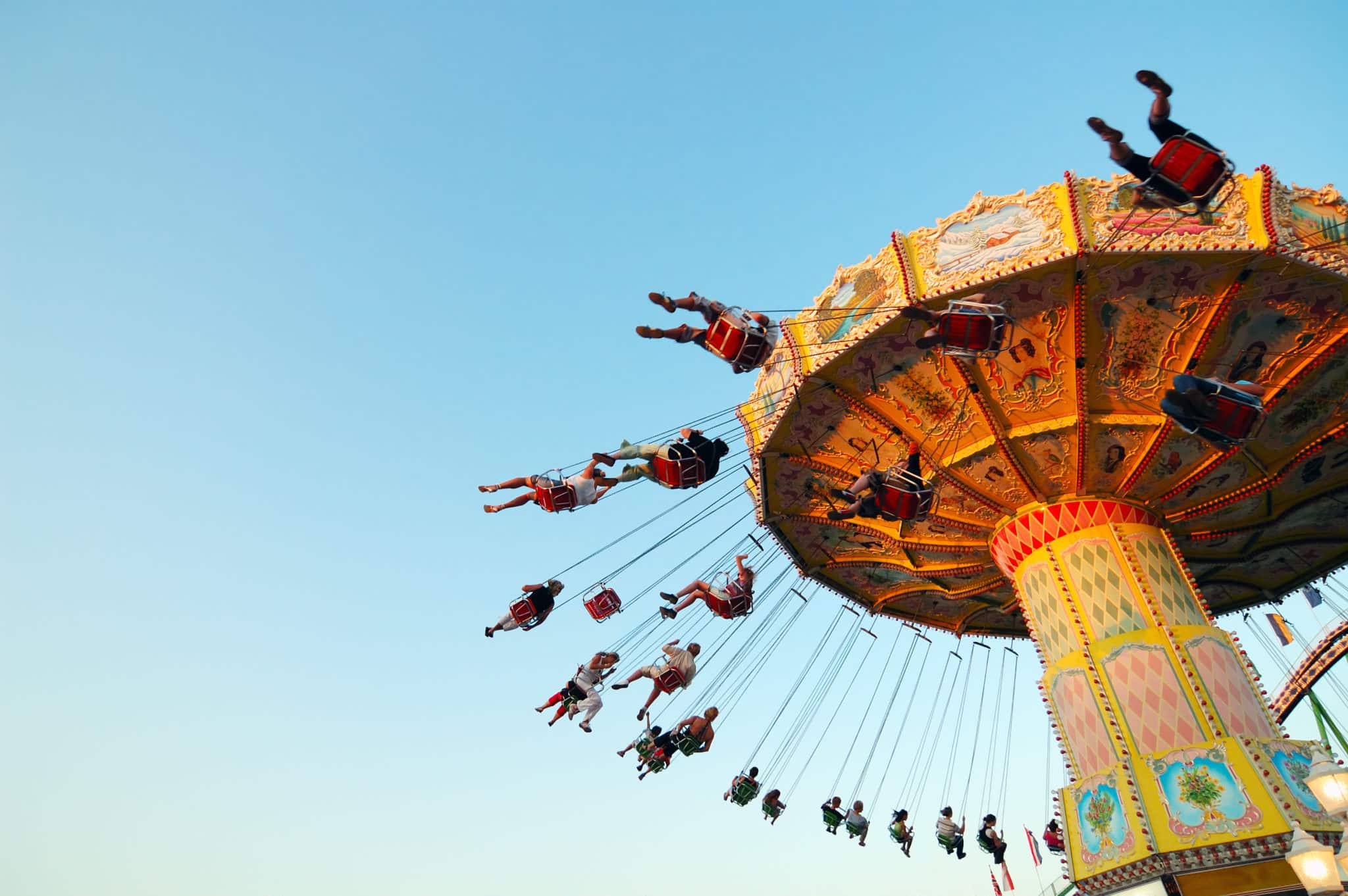
Now that the summer is finally here, the next few months will see local amusement parks open and pop-up carnivals set up in neighbourhoods everywhere. The fun they offer aside, the reality is accidents and injuries do occur at both amusement parks and carnivals. When they do, different legal remedies are available to individuals injured on the rides they offer. The type of claim available depends on the nature of the accident, as well as the participant’s involvement thereof.
Negligence claims
While the rides are generally rigorously maintained and overseen by the government, carelessness or the inattention of employees can occur, which would then give rise to a legal claim for negligence.
Amusement parks and carnivals are responsible for their own actions and the actions of their employees. Such lawsuits can be triggered by an employee doing something they shouldn’t have or failing to do something that they should have done. Specific examples of these actions include, but are not limited to: improper posting of the dangers of a particular ride to ensure each rider knows that, given their specific condition, they should not attempt it; posting signs inadequately warning of the various risks of the rides regardless of an individual’s pre-existing health; failing to properly train the ride operators in all aspects of the operation of the ride, including the use of safety equipment and the proper operation of the ride ; failing to maintain the ride in a safe condition, including regularly and properly inspecting the ride; improperly operating the ride and providing incorrect instructions to riders.
Product defects
Some accidents are caused by the rides themselves being defective in their design or their component parts not being properly maintained, inspected or used. A faulty lap-belt, for example, or a bar that comes unsecured mid-ride. Design or structural defects would make the manufacturer responsible. With the rigorous testing that is typically undertaken before rides are placed on the consumer market, this situation is rare. But the defect may occur and only become known after continuous use.
Making a claim
Proving a claim against an amusement park or the manufacturer of a ride has its challenges. Once an incident has occurred, all the information pertaining to the incident and the alleged negligence must be protected and gathered.
Of course, when a ride malfunctions, the ride is usually shut down and rigorous investigations by both the operator and the government are undertaken. More often than not, injuries occur without the operator being made aware of them until sometime later. Much of the information required to prove responsibility is thus old or lost. But that does not necessarily preclude a lawsuit.
Even if responsibility is attributed to another party, some contribution can be found on the part of the participant too. If a rider knows that participating in the ride is inherently dangerous, that person can be said to have assumed the risk associated with the activity. When visiting an amusement park, there are certain risks in riding high speed and thrilling rides. As such, some level of risk will be assumed. Still, assumption of risk is not necessarily a complete defense to a lawsuit. If a ride malfunctions, for example, and was found to be improperly maintained, it cannot be said that the rider assumed the risk in that circumstance.
Obviously, where a rider does not comply with the rules of the ride, they will likely be considered to have assumed the risk. However, in situations where the injured person can prove that, for example, the ride operator was improperly trained and should not have allowed him or her on the ride in the first place, this failure to comply may not absolve the park of responsibility.
Do disclaimers apply?
Often there are disclaimers affixed at the entrance of the park, on the ticket booth, or on the ticket itself. The waiver will note that you are assuming the risks when you enter and go on the rides. Unless these risks were brought to your attention and acknowledged before you bought the ticket, they are rarely helpful.
Judges know that few patrons read the disclaimers and that they are often vague or too all-encumbering. Regardless, the waivers could potentially provide a full defense and absolve the park of responsibility. It is, however, questionable whether a minor (under eighteen) can legally be bound by such a waiver.
While attending an amusement park or carnival can provide hours of enjoyment, there are some obvious dangers, especially with the more thrilling rides, and some of the less rigorously maintained carnivals that set up in neighborhoods. One should always look for warning signs and be wary of any telltale signs of disrepair.
I hope you have many fun-filled family outings this summer. but, should you suffer an injury at any of these parks or carnivals, please feel free to reach out me, Michael Henry, to obtain legal advice and compensation. You can contact me at 416-361-0889 or by e-mail at mjhenry@hshlawyers.com.






